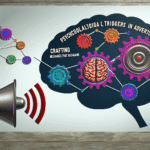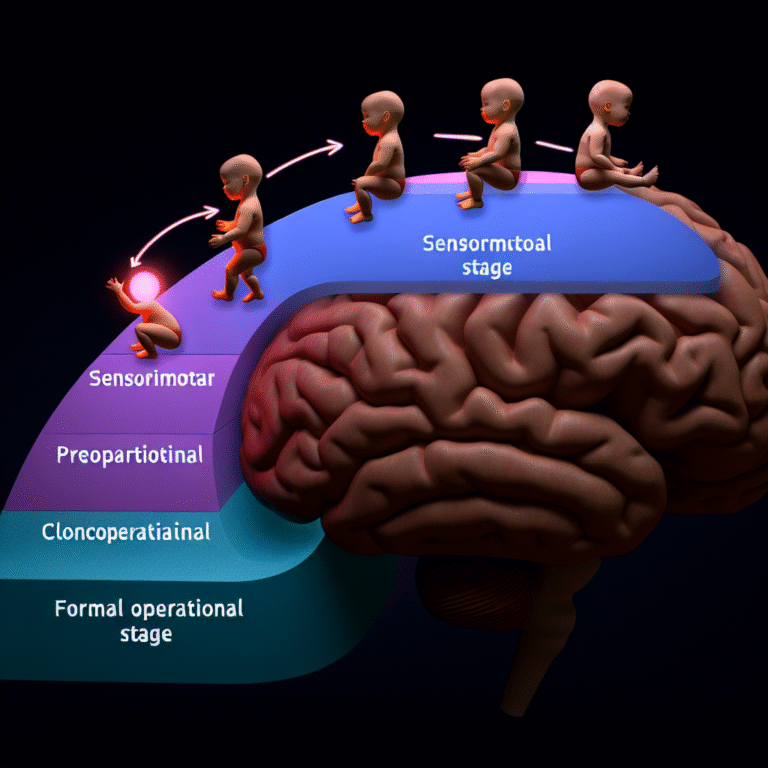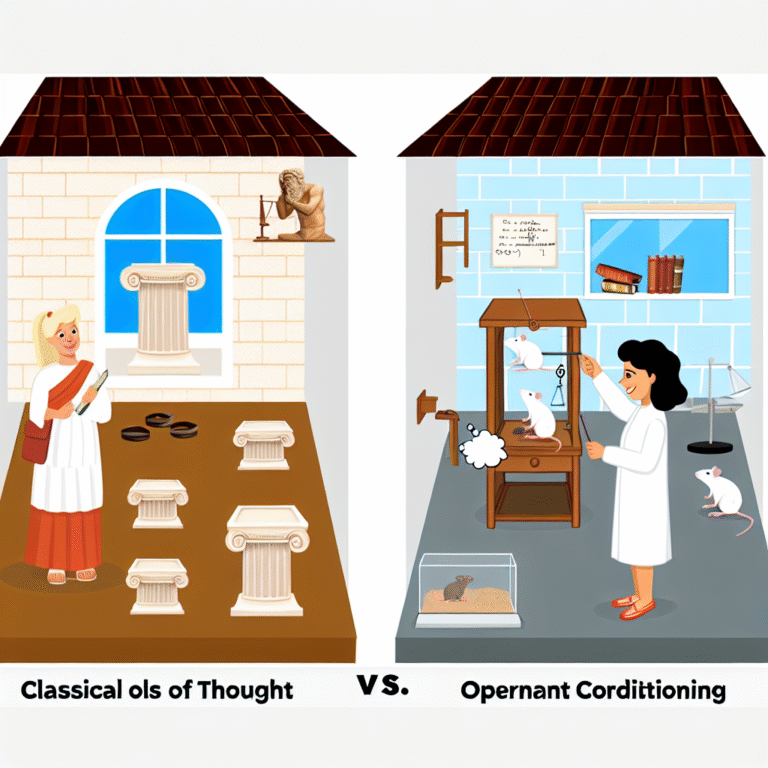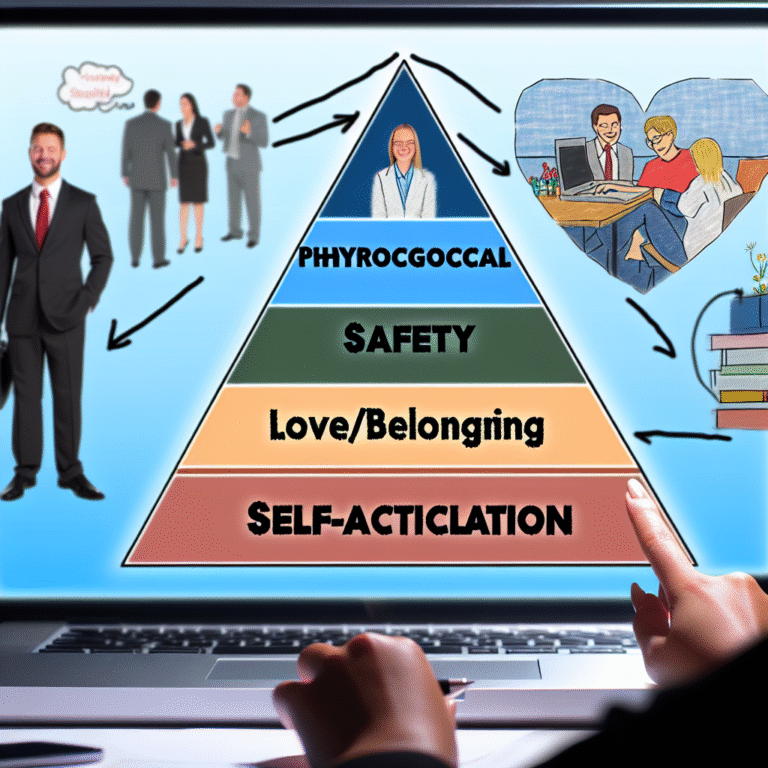
Mindset Makeover: Essential Tips for Shifting from Fixed to Growth
Introduction
Imagine a world where challenges are viewed as stepping stones rather than barriers. A world in which failure is seen as a learning opportunity rather than a shameful end. Welcome to the transformative journey of a mindset makeover! In this article, we will explore invaluable tips for shifting from a fixed to a growth mindset, unlocking your potential to embrace challenges and foster a resilient, adaptable approach to life.
In today’s fast-paced society, cultivating a growth mindset is essential—not only for personal and professional success but for overall happiness. Let’s delve into the nuances of embracing change and how you can shift your perspective today.
Understanding Mindsets: Fixed vs. Growth
What is a Fixed Mindset?
A fixed mindset is characterized by the belief that abilities and intelligence are static traits. Individuals with this mindset tend to avoid challenges, give up easily, see effort as fruitless, and feel threatened by the success of others. They may often believe that they are "just not good at" certain skills, leading to a stagnant life path.
What is a Growth Mindset?
In contrast, a growth mindset fosters the belief that abilities can be developed through dedication, effort, and learning. People with this mindset embrace challenges, persist through setbacks, see effort as a path to mastery, and find inspiration in others’ success. This adaptive viewpoint leads to increased resilience and creativity, making it a pivotal focus for personal development.
Tips for Shifting from Fixed to Growth Mindset
In this section, we will outline actionable tips for shifting from a fixed to a growth mindset, supported by real-world examples and case studies for better understanding.
1. Embrace Challenges
Why They Matter
Challenges are opportunities for growth. By avoiding them, you limit your potential. Embracing challenges helps build resilience and fosters a love for learning.
Case Study: J.K. Rowling
J.K. Rowling, the author of the Harry Potter series, faced numerous rejections before finally being published. Instead of viewing these setbacks as failures, she embraced them, learned, and ultimately turned her challenges into a global phenomenon.
2. Reframe Failure
Failure as Learning
Rather than seeing failure as a negative outcome, view it as a learning experience. Reflect on what went wrong and how you can use that knowledge moving forward.
Case Study: Thomas Edison
Edison famously said, "I have not failed. I’ve just found 10,000 ways that won’t work." His persistence in the face of failure led to the invention of the lightbulb, demonstrating the power of a growth mindset.
3. Cultivate Curiosity
The Importance of Lifelong Learning
Being curious opens doors to new experiences and knowledge. Commit to learning something new regularly, whether it’s attending workshops or reading about topics outside your comfort zone.
Case Study: Oprah Winfrey
Oprah embodies curiosity and growth. She constantly seeks new knowledge, whether through her book club or interviews, demonstrating how curiosity fuels her development and success.
4. Develop a Supportive Environment
Surround Yourself with Growth-Minded People
The people you spend time with can significantly impact your mindset. Engage with those who encourage and inspire you to push your boundaries.
Case Study: Steve Jobs
Steve Jobs surrounded himself with innovative thinkers at Apple, fostering an environment that promoted creativity and growth, ultimately leading to revolutionary advancements in technology.
5. Practice Self-Compassion
Being Kind to Yourself
Recognize that everyone makes mistakes and that perfection is unattainable. Treat yourself with kindness and understanding, which fosters a more resilient mindset.
Case Study: Brené Brown
Brené Brown, a researcher who studies vulnerability, emphasizes self-compassion as essential to developing a growth mindset. Her teachings promote empathy and the acceptance of imperfections.
6. Set Goals and Celebrate Progress
Importance of Measurable Goals
Setting realistic goals provides direction and a sense of purpose. Celebrate small wins along the way—this helps maintain motivation.
Case Study: Goal-Setting in Sports
Athletes often break their training into smaller, measurable goals. By celebrating incremental successes, they maintain motivation and a growth-oriented approach.
7. Embrace Feedback
Seeking Constructive Criticism
Feedback is a powerful tool for growth. Embrace it with an open mind, seeing it as an opportunity to learn and improve, rather than as criticism.
Case Study: Pixar
Pixar’s culture of constructive feedback has led to award-winning films. Their practice of “Braintrust” meetings allows peers to give honest input, cultivating a growth environment.
Visualization: Shifting Towards a Growth Mindset
| Fixed Mindset Traits | Growth Mindset Traits |
|---|---|
| Avoid challenges | Embrace challenges |
| Feel threatened by others’ success | Inspired by others’ success |
| See effort as fruitless | See effort as a path to mastery |
| Fear of failure | Learn from failure |
| Seek validation | Seek learning and self-improvement |
Conclusion
A mindset makeover is not merely a superficial change; it is a profound transformation that can impact every facet of your life. By implementing these tips for shifting from fixed to growth, you can cultivate resilience and adaptability, leading to personal and professional success.
Remember, every journey starts with a single step. Begin your journey toward a growth mindset today, embracing challenges and learning from experiences. As you shift your perspective, you’ll unlock your full potential and find joy in the process of growth and discovery.
FAQs
1. What is the primary difference between fixed and growth mindsets?
The primary difference lies in the belief about abilities. Those with a fixed mindset see talents as inherent and unchangeable, while those with a growth mindset believe abilities can be developed through effort and learning.
2. How can I identify my current mindset?
Reflect on your reactions to challenges, failure, and feedback. A tendency to avoid challenges or fear failure indicates a fixed mindset, while embracing these aspects suggests a growth mindset.
3. How long does it take to shift my mindset?
The journey to a growth mindset is ongoing and varies for everyone. Consistent effort and reflection will pave the way for lasting change.
4. Can a growth mindset lead to failure?
Yes, having a growth mindset encourages taking risks, which may lead to failure. However, this is viewed as a valuable learning experience, crucial for personal growth.
5. How can I help others develop a growth mindset?
Encourage open communication, provide constructive feedback, and model a growth mindset in your own life. Supporting others in embracing challenges will help them adopt a similar outlook.
By implementing these strategies and cultivating a growth mindset, you will not only enhance your own life but also inspire those around you to do the same. Start that mindset makeover today, and watch as your world transforms.
















